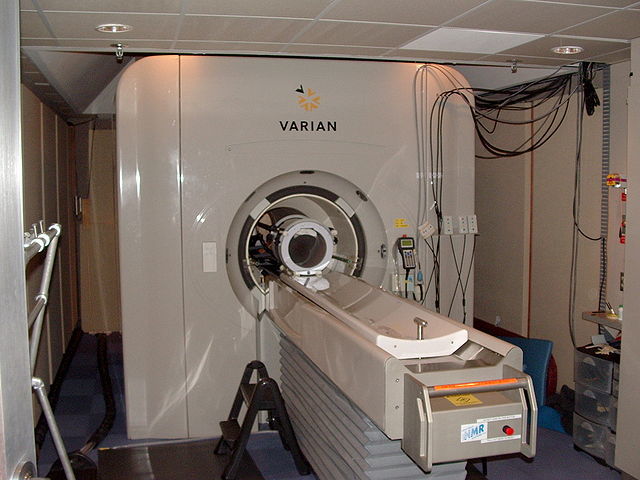Invention of fMRI
As far as the neurodisciplines are concerned, much more than a tool, fMRI has been a condition of existence.
fMRI has left a modest mark on presurgical planning, treatment evaluation, and clinical assessment; it has been widely adopted as a tool for research into mental illness but plays no diagnostic role and has not influenced psychiatric care. Although it has transformed cognitive neuroscience, where it is the most frequently used technology, the gargantuan increase in the quantity of neuroimaging papers is not universally seen as having been accompanied by a proportional contribution to the understanding of the mind; while, as we shall see, it has been extensively applied to issues related to personhood, society, and culture, its most significant impact in that connection has been to drive the emergence and justify the existence of the neurodisciplines we shall discuss here. Its major role and effects have been cultural, sociological, and economic. Neuroimages have become contemporary fetishes whose power derives from the belief that fMRI offers “windows into the mind” (the metaphor is widespread).
Five decades [after the development of electroencephalography], after a period of relative “iconophobia” and the spread of brain-as-computer models, the rise of digital brain imaging technologies has given mind-reading hopes a new lease of life (Hagner 2009).

Source of the image at NIH Image Gallery

Link to the image at Wikipedia Commons
The History of fMRI
Though the use of fMRI appears universal in the scientific community today, it was invented in 1991 – a mere 23 years ago. Key aspects of the technique were first introduced to the scientific community by John Belliveau in his presentation at the 1991 Young Investigator’s Awards. In his presentation, he showed images of increased cerebral blood volume in key areas associated with vision after research subjects responded to simple visual stimuli. Though he won that year’s Young Investigator Award, the fMRI technique did not garner much attention because its practical applications were unclear. However, after researchers at the 10th annual Society for Magnetic Resonance Imaging meeting presented a video by Kenneth Kwong, which related blood oxygen levels to brain activity detection using MRI, scientists realized that fMRI could revolutionize the way they approached brain studies.
Continue reading at Hippocrates Med Review
On the link below, you can dig a little deeper into the history and mechanism of fMRI.
Nuffield Department of Clinical Neurosciences: Introduction to fMRI
What's the difference between and EEG and a fMRI? Discover below!EEG vs. MRI vs. fMRI – What are the Differences?
The videos below further explain the mechanisms of fMRI. Please note that they present a view of the technology that is precisely what Vidal and Ortega criticize in their book: the idea that the images generated through fMRI present some truth about the brain or the mind.











0 comments
Sign in or create a free account